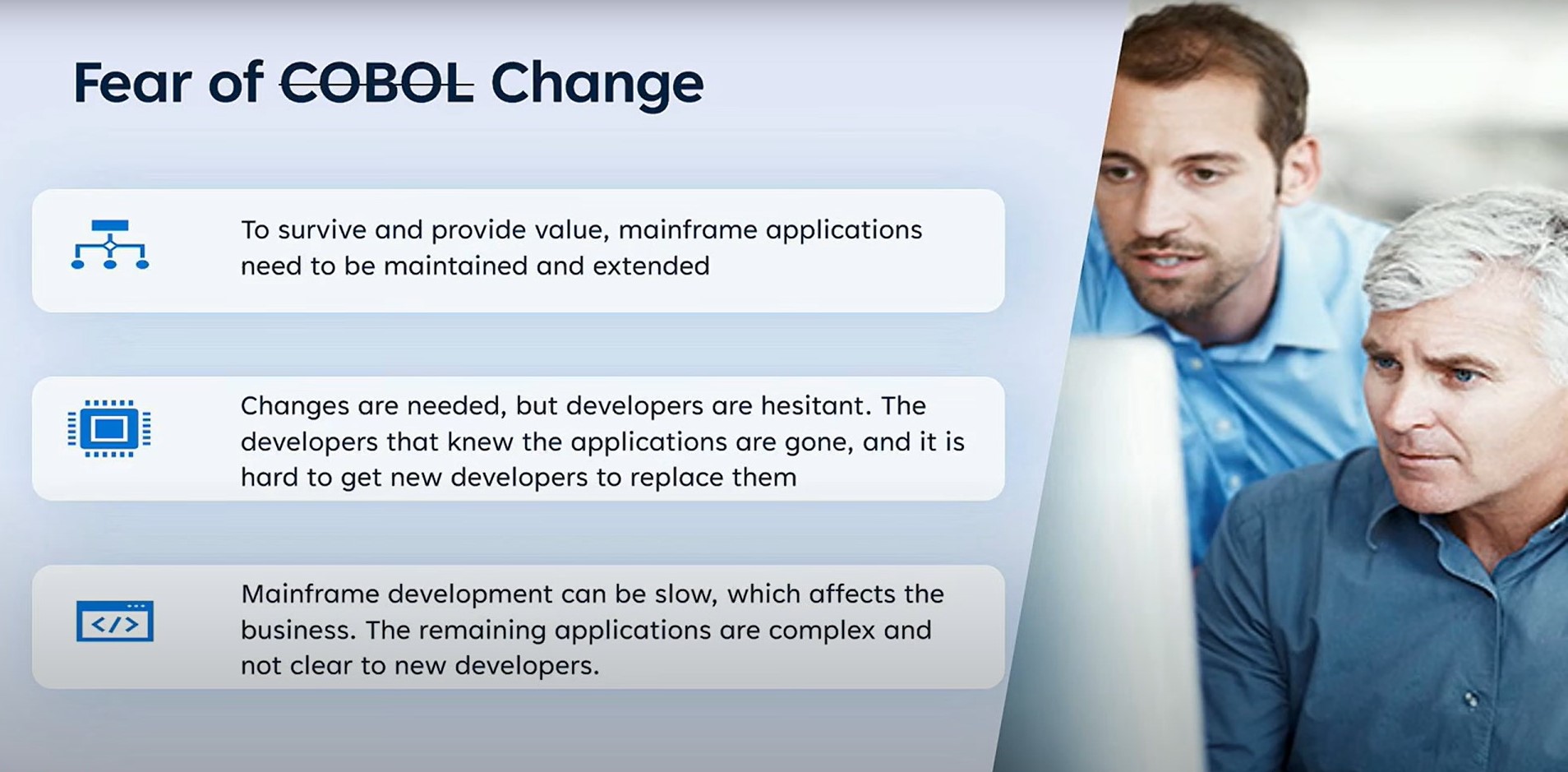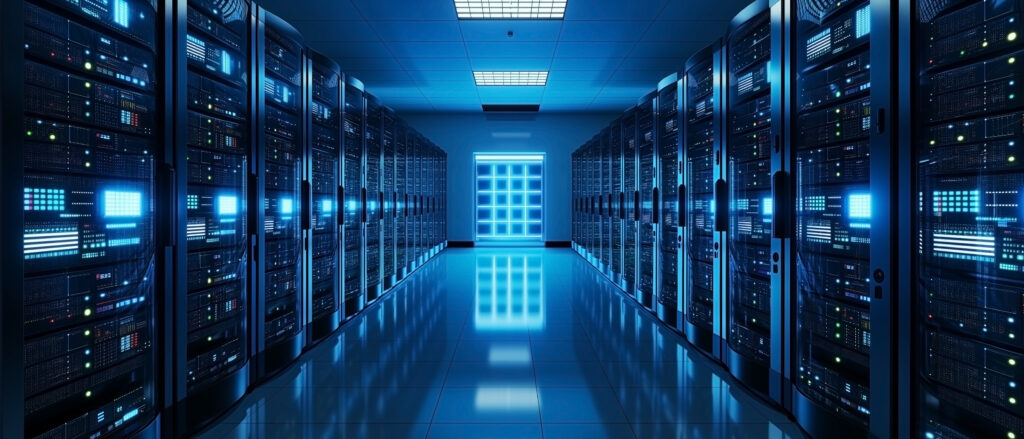I attended the recent SHARE Association conference as a first-time Tech Field Day delegate (#TFDx), which allowed me to see various mainframe modernization strategies. BMC Software’s presentation at #TFDx was a highlight. It addressed the fear of change, a key barrier to modernization.
As a former COBOL programmer who transitioned into AI ethics, I bring a unique perspective to the modernization of mainframes. The question we face is how to transition to the era of AI while overcoming the fear of change. Not just the technical ecosystems but the culture. Let’s explore how the industry, particularly BMC software, leverages AI to update mainframes.

The Modernization Dilemma
At SHARE, the tension was palpable during the educational sessions. Legacy systems rubbed shoulders with AI and cloud technologies, embodying many organizations’ challenges. The big question was: How do companies modernize without disrupting operations?
Fear: The Hidden Obstacle
At BMC’s Tech Field Day session, speaker Mark Schettenhelm said, “The fear of change.” It is the main problem with the mainframe.” He added, “It’s not COBOL; it’s what we’ve done to it.” Complexity built over time, not the base tech, is the challenge.
Key concerns include:
- Potential disruption of critical systems.
- Scarcity of talent versed in both legacy and modern systems.
- Uncertain return on investment.
Addressing Modernization Fears
BMC Software Tech Field Day presentation was on its #AMI suite. AMI stands for Automated Mainframe Intelligence. The suite is the company’s solution to modernization risks. It uses AI and cloud tech to automate and streamline processes. It offers key components, such as DevOps tools with automated testing and rollback; security solutions with real-time threat detection, role-based access, and single sign-on; AI-driven operations to boost efficiency and fix mainframe skill gaps; and cloud integration. This strategy is worth a look at for any organization considering mainframe modernization.

They discussed key components, including:
- DevOps tools with automated testing and rollback.
- Security solutions offer real-time threat detection.
- Role-based access and single sign-on are on the roadmap.
- AI-driven operations enhance efficiency and address mainframe industry skill gaps.
- Cloud integration capabilities
One interesting feature was a runtime visualizer that identified inefficiencies in real time. For instance, it caught a program querying a DB2 table 1,000 times instead of once for one customer. This small change could have a significant impact.
As an AI ethics professional, I see potential and challenges in this AI-driven approach. It offers powerful capabilities but raises important questions about transparency and control. However, BMC’s AMI solution is transparent about code changes. It lets you use your data, LLMs, and data privacy standards to control the suite’s implementation.
Ethical Considerations in Modernization
The ethical dimensions of mainframe modernization are crucial yet often overlooked. Key considerations include:
- Data integrity and privacy during migration.
- Algorithmic transparency in AI-driven systems
- Responsible management of workforce transitions
Responsible innovation and AI ethics remain pressing challenges for the tech sector. These concerns echo in the industry. They reflect fears about the code’s transparency and traceability.
Potential Benefits and Challenges
The path to modernization is complex. The potential benefits are significant and include:
- Improved operational efficiency
- Attraction of new talent to modernized environments
- Enhanced security and compliance capabilities
- Increased agility in deploying new services.
While modernization promises benefits, firms must tread cautiously. Careful risk analysis precedes successful transformation. Only through rigorous assessment can organizations navigate challenges and unlock potential advantages.
A Balanced Approach to Modernization
Through decades of development, you have created complexity in your COBOL code. BMC Software AMI decodes this intricacy, revealing hidden insights. But understanding isn’t enough. Lessons learned highlight crucial modernization principles. Start with small pilot projects to test the waters. Focus on ethics and transparency in decision-making. Embrace continuous learning to adapt and grow. This commitment to ongoing improvement is critical to a successful modernization strategy. It helps to ease fears about turning legacy systems into agile, future-ready assets.
Conclusion
BMC’s Tech Field Day presentation covered modernizing mainframes. It stressed the need for people and processes to ease the fear of change. Modernization is a continuous journey, not a sprint.
- Do you still need more information on AMI? Check out BMC’s AMI Platform Statement. It outlines the strategy for AMI, which aims to help organizations simplify mainframe management with AI and Cloud.
- I’m eager to hear your thoughts and experiences. How is your organization approaching mainframe modernization? What challenges have you faced in integrating legacy systems with modern cloud technologies? Let’s continue this meaningful conversation about the future of enterprise IT.
- Contact BMC Software for help. Your COBOL systems are complex. They can help. Then, start your journey into the age of AI.

